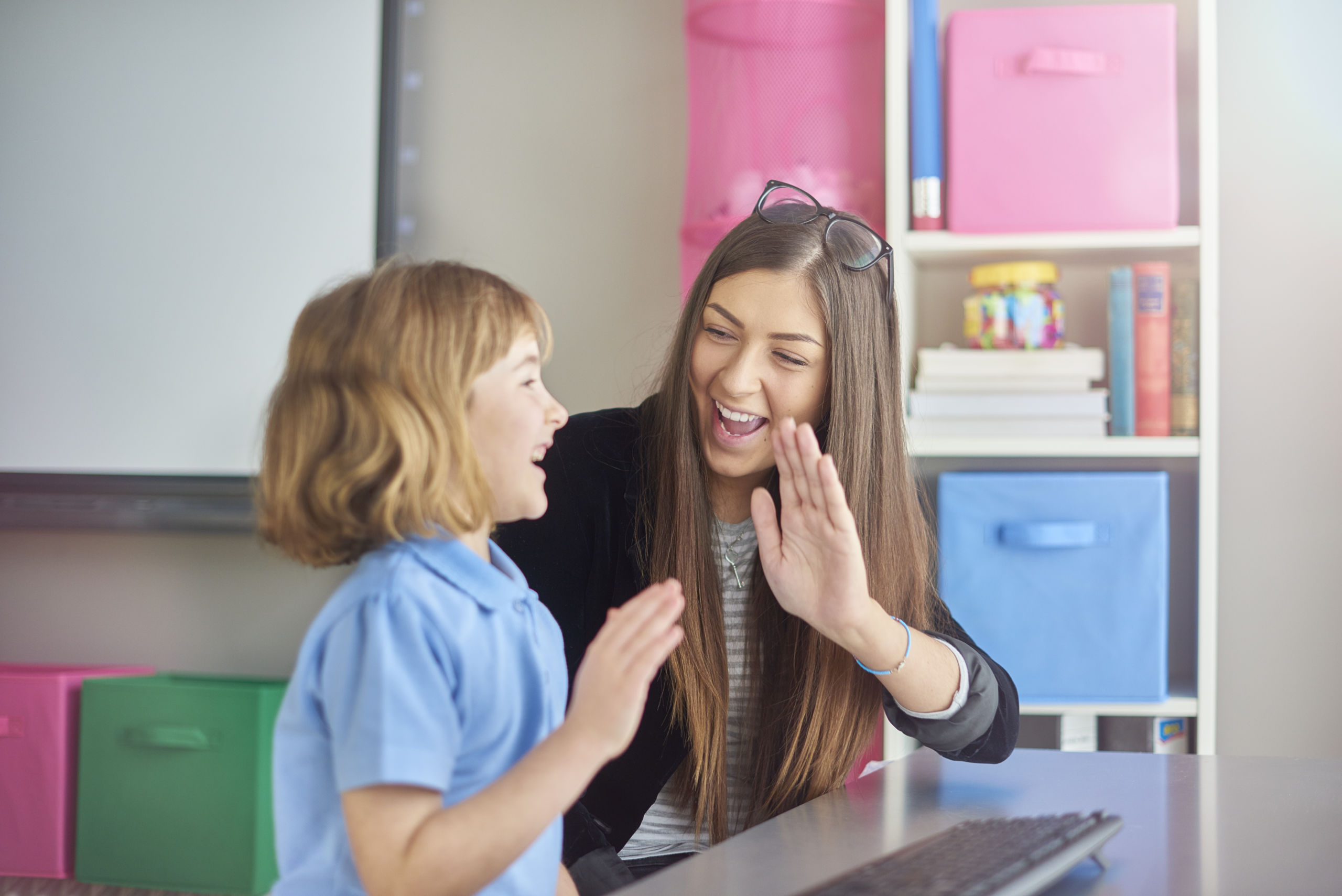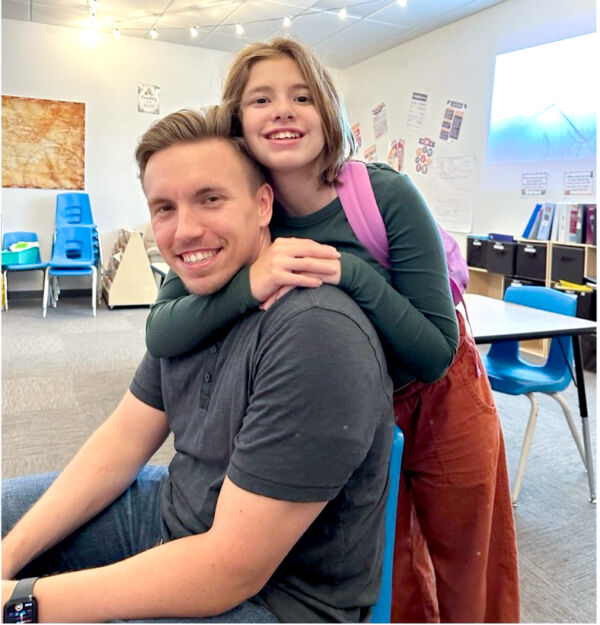Gratitude and Behavior

As we get to the last few pages of the calendar and holiday ads fill our inboxes, we are reminded to give thanks for what we have. While the word “thanksgiving” conjures thoughts of a shortened school week, turkey, and family gatherings, the actual behaviors associated with “giving thanks” get less attention. Many learners will develop the ability to demonstrate gratitude through imitation or informal instruction, but some learners (including those who have disabilities that impact social behavior) may need additional help to develop these skills. As educators, we can use intentional and specific instruction to help our learners develop the skills to give thanks actively and intentionally.
To do so, we should first determine what giving thanks looks like. While “gratitude” is hard to operationalize, there are some specific behaviors associated with giving thanks. The first and easiest behavior to teach is saying “thank you” in response to the behaviors of others – specifically, those behaviors that help the learner in some way. When we thank someone, the basic behavioral mechanisms at work usually look like this:

Eventually, we learn that saying “thank you” increases the likelihood of people providing smiles or other social attention and helping us in the future. We also learn that if we don’t say “thank you,” people are less likely to help us in the future or they provide less (or possibly unpleasant) attention. As our learning history around saying “thank you” expands, we say it frequently and often reflexively for smaller, common, and repetitive helpful acts. We thank the barista, we thank the person who answers the phone at a business prior to hanging up, and we thank our students for following directions. Saying “thank you” is a desired prosocial behavior and can be taught with relative ease.
“Giving thanks,” on the other hand, requires more sophisticated thinking and more specific instruction, as the act of giving thanks cannot occur without the prerequisite skill of recognizing what we have, whether concrete elements (e.g., food, shelter, other tangible items) or more abstract concepts like “freedom” or “health.” Teaching learners to recognize what they have can sometimes be a challenge, especially when “what they have” includes experiences with trauma, behavioral disabilities that impact their capacity for empathy, families with very limited resources, or difficulty understanding the perspectives of others.
The act of giving thanks requires a transition from contingent reinforcement (e.g., hearing “you’re welcome”) to less immediate reinforcement or reliance on our history of reinforcement for behaviors associated with giving thanks. While we may still look for attention when we give thanks (such as posting declarations of gratitude on social media), we often want to ensure others genuinely feel appreciated for what they’ve done by demonstrating gratitude in different ways: sending cards, providing special access or privileges (e.g., loyalty programs), and acknowledging others publicly (e.g., billboards thanking veterans).
Although the behavioral mechanisms at work are beyond the scope of this article, we don’t need to dive too deeply to think about how to help our students learn the value of gratitude and how to give thanks. Consider asking learners why they say (or why they are encouraged to say) “thank you” when someone helps them. You’ll probably hear responses like, “Because it’s nice” or “Because I’m supposed to.” Ask them how they feel when they do something helpful for someone else, and why they feel that way. Help them see the value of acknowledging helpful and kind acts. From there, explore the idea of saying “thank you” for what we have. Whom should we thank for our food? Our house? Our school? While some of those answers may be straightforward (e.g., “I should thank my aunt for our food because she buys it”), others may not be, especially if we begin to consider constructs like freedom, health, or stability.
When we feel slighted or unlucky, others may encourage us to be grateful for what we do have, but as educators we must acknowledge that some learners may feel like they have little for which to give thanks. In those cases, gently move the conversation toward what they’d like to have and, if possible, encourage discussion of actionable steps to take toward achieving those goals.
Most importantly, find opportunities for learners to practice “giving thanks.” Project-based learning is an evidence-based practice that educators can use to incorporate instruction in all types of skills, including demonstrating gratitude. Learners could do some research on first responders (firefighters, police, paramedics), including how to prepare for those careers (vocational skills), the scope and sequence of daily activities (organizational and planning skills), the impact of responding to emergencies (social-emotional skills), and the history of the professions (academic skills). Then, students could do a project to demonstrate gratitude to first responders where they come up with creative ways to thank them for their service.
Learners could do something similar with veterans; one of our sites participates in “Operation Gratitude” each year to increase students’ capacity for gratitude and practice relevant skills.
Remember that giving thanks is a behavior and – like many behaviors – it won’t “just happen.” Purposeful, thoughtful instruction can help learners recognize what they have and be thankful for that as well as for what others provide for them.
Enjoy the grateful nature of the season!

About the author: Diane Myers, Ph.D. is Senior Vice President, Special Education – Behavior for Specialized Education Services, Inc. Her professional and scholarly expertise focus on positive behavioral interventions and supports, students with emotional and behavioral disorders, and staff implementation of evidence-based practices to support the needs of all students.


